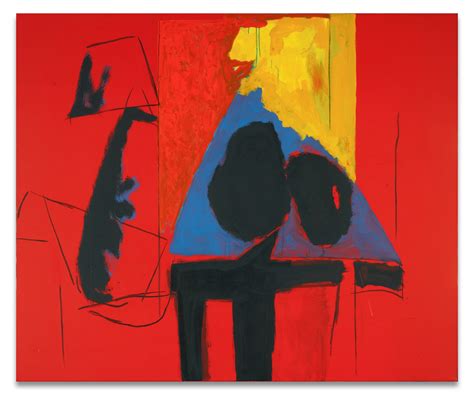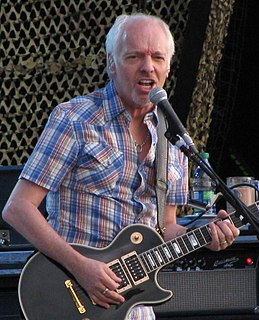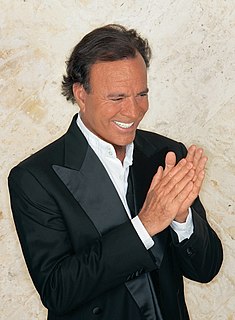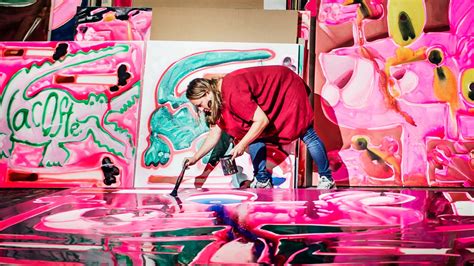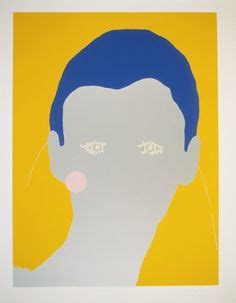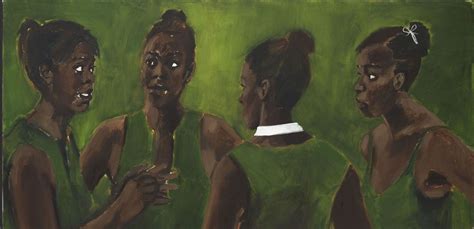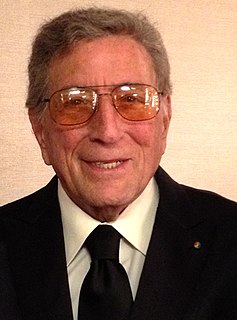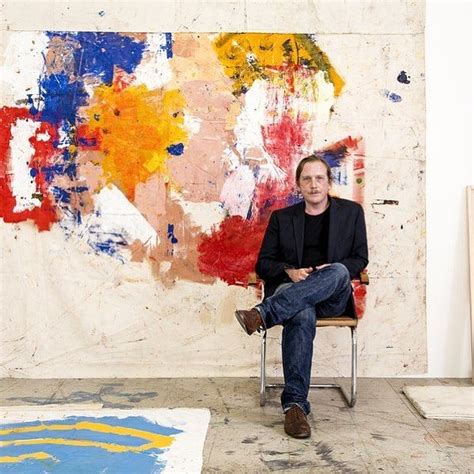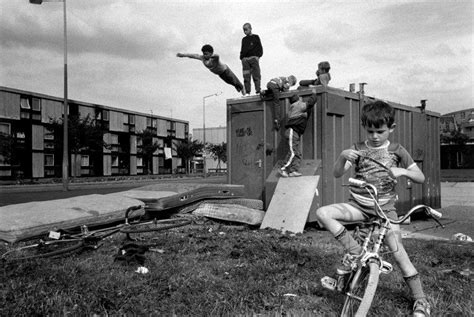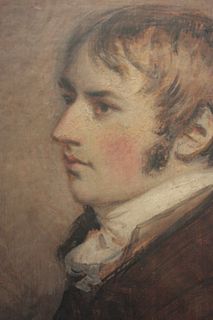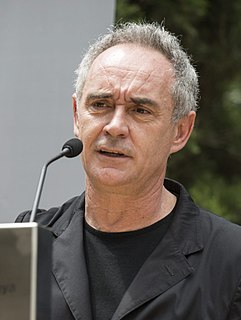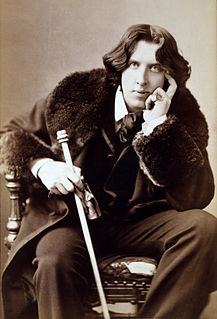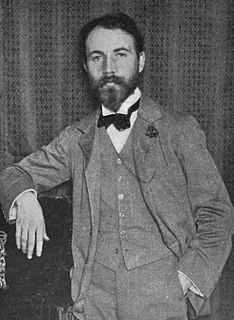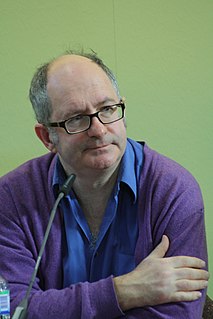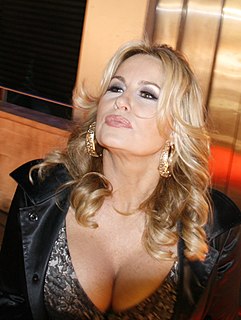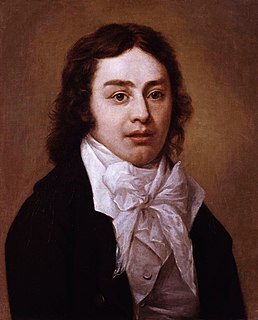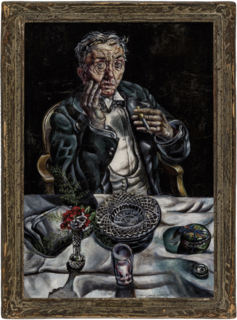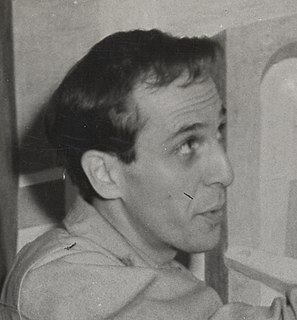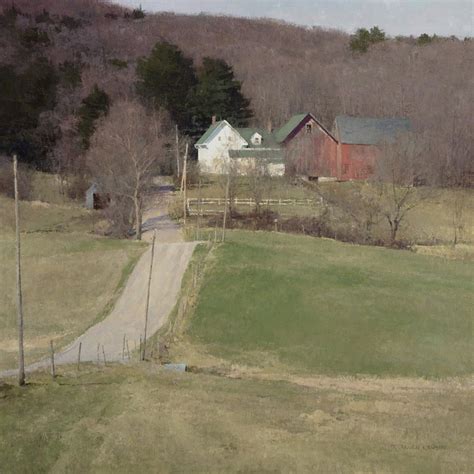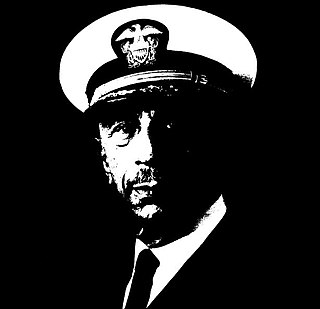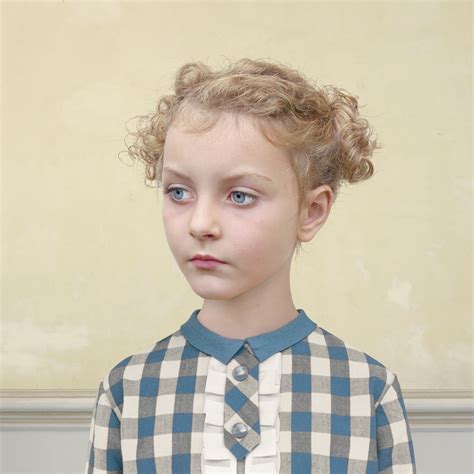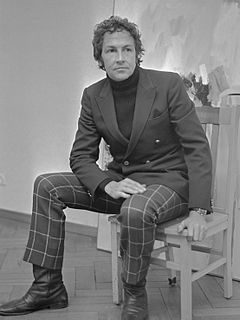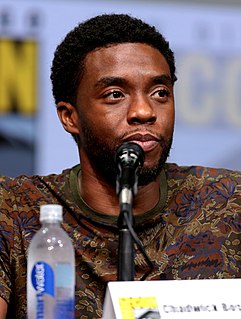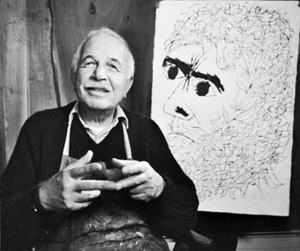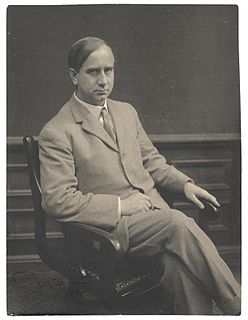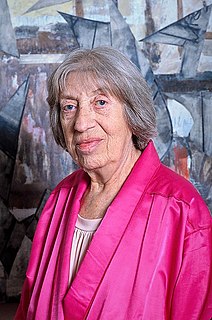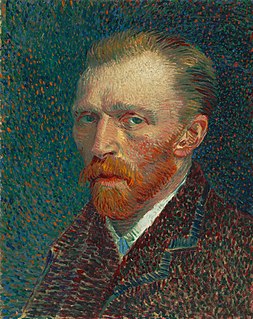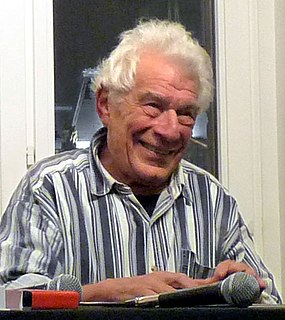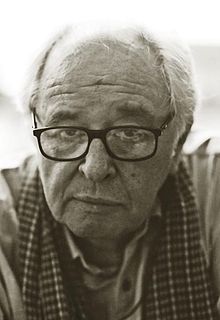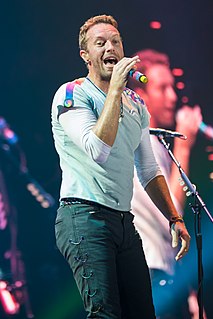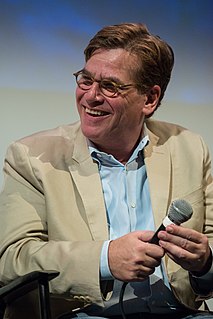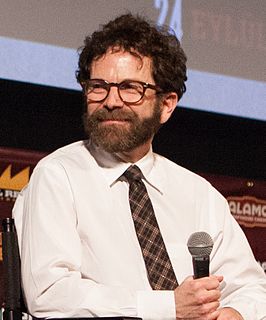Top 1200 Painting Quotes & Sayings - Page 3
Explore popular Painting quotes.
Last updated on April 16, 2025.
I don’t trust painting. At least not in New York. Most painting here relies on formula and repetition, whoring itself to the market. There seems to be no risk and once a painter gets a strategy, very little exploration. As a result, I stopped thinking about painting a long time ago. I prefer forms of art that are more market-resistant, more idea-based, more - for lack of a better word - risky.
Painting from life was incredibly important for me because it allowed me to train my eyes to see everything that is there. But I realized early on that painting from life wasn't something that I was all that invested in. I was always more interested in the painting than I was the people. For me, removing that as a compulsion offered me a lot more freedom to actually paint and think about color, form, movement, and light.
I attended the High School of Industrial Arts and studied with many great artists as painting is something that you never stop learning about. Actually, in high school there was a time that I was thinking about just concentrating on painting and I asked my music teacher, Mr. Sondberg, for advice and he encouraged me to stick with the music as well. So all my life I have been singing and painting.
I was always interested in drawing and painting. I enrolled in college to study painting. But I didn't have any livelihood when I graduated. My mother died very young, and I didn't have any home, so I had to find a way to earn a living. It seemed to me that photography - to the great disappointment, I have to say, of my painting teacher - could offer that. So I went and did a degree in photography, and then after that I could go out and get paid for work. For portraits, things like that.
A lot of young painters love to incorporate celebrity. One idea of being a painter is to use what's happening at the time. Velázquez was painting of his time. And so was Rembrandt. And Francis Bacon was painting his time in London. He was a real mover, but he saw the insect in the rose. But yes, when I do a painting, I want to take the "I did this" out of it. That's why I started using chance, like the markings on the wood. I never wanted to compose.
I feel like what's most important for painting - which has been hierarchically on the top for a really long time in terms of what is considered fine art, by comparison with something like a comic book or what's considered low art - is that painting should open up laterally to include other cultures and things that don't immediately resonate as a painting but are obviously of equal contribution to the genre.
Not all paintings are abstract; they're not all Jackson Pollock. There's value in a photograph of a man alone on a boat at sea, and there is value in painting of a man alone on a boat at sea. In the painting, the painting has more freedom to express an idea, more latitude in being able to elicit certain emotion.
For example, in one of my last exhibitions I had a 50-foot massive painting with I think perhaps a hundred thousand hand-painted small flowers. This was the Christ painting [The Dead Christ in the Tomb, 2008] in my Down exhibition [2008]. Now, I simply can't spend eight hours a day painting small, identical flowers. And so I've got a team that allows me to have these grand, sweeping statements.
